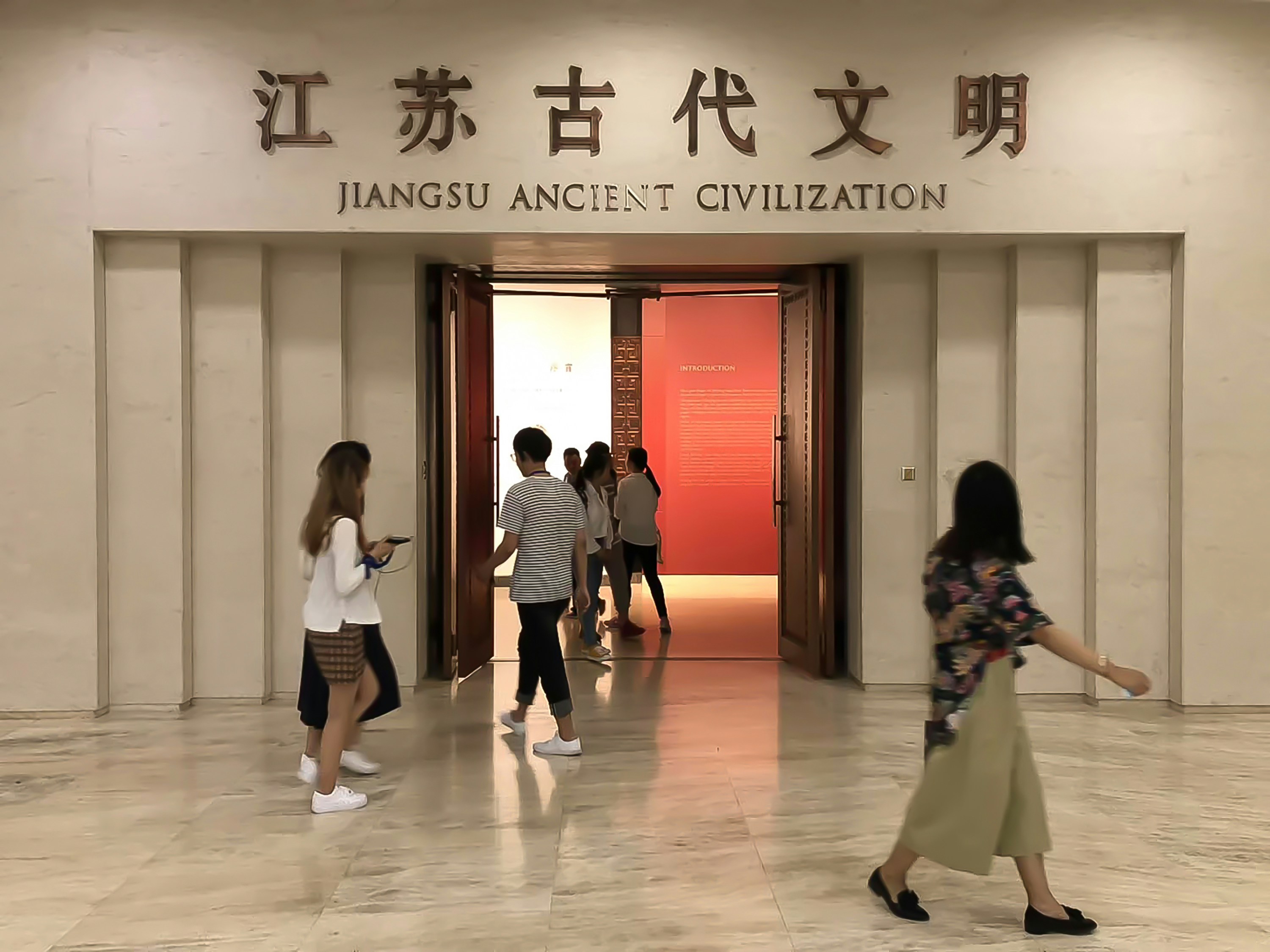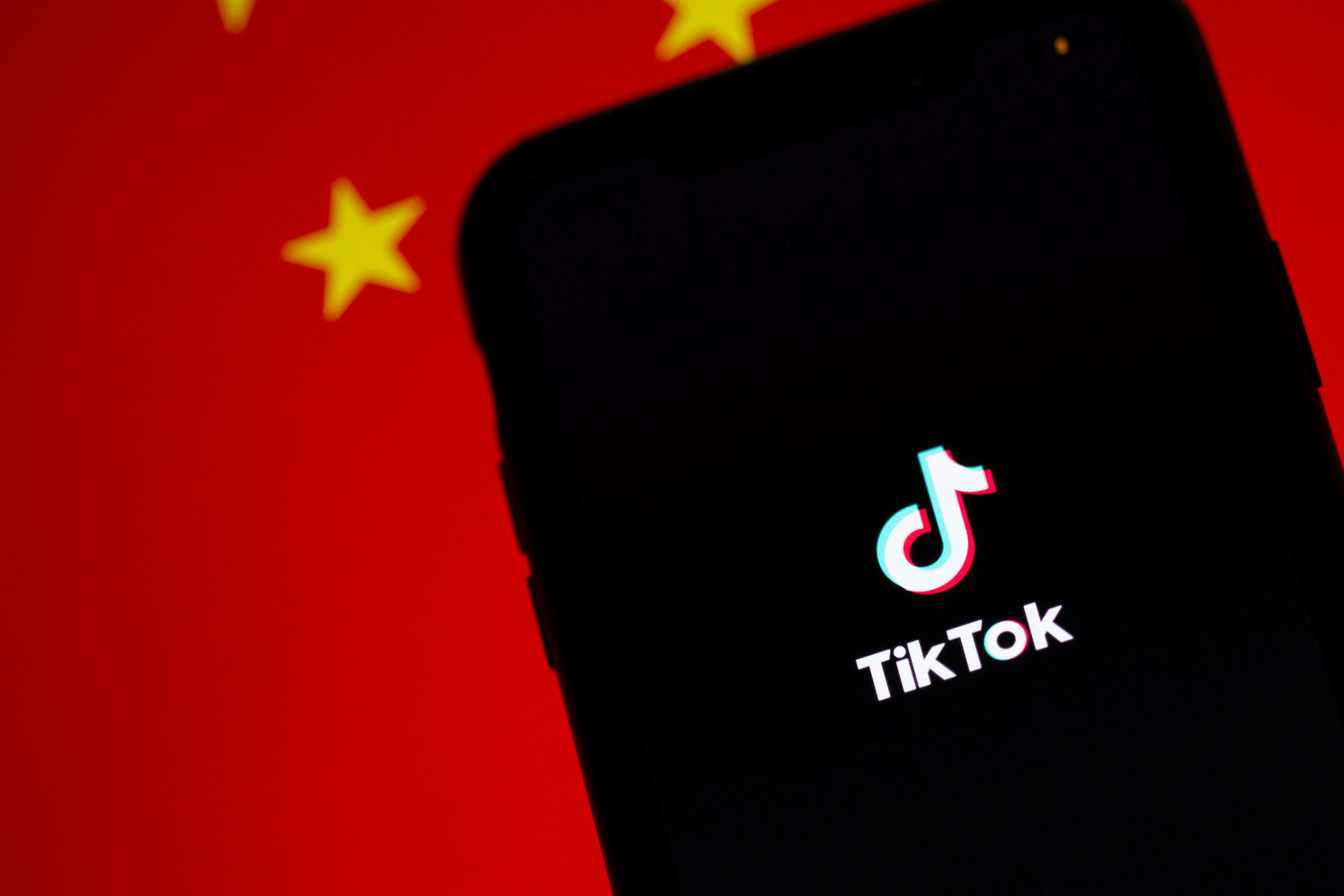Information and Communication Technologies (ICT) refer to an extensive array of technologies that facilitate the handling and communication of information. These technologies encompass telecommunications, broadcast media, intelligent building management systems, audiovisual processing and transmission systems, and network-based control and monitoring functions. Essentially, ICT includes any technology that enables the processing, storage, retrieval, and exchange of information in various forms.
The primary components of ICT can be categorized into hardware, software, networks, and data:
| Component | Function | Examples |
|---|---|---|
| Hardware | Physical devices and equipment used in information processing and communication | Computers, servers, routers, smartphones |
| Software | Programs and applications that instruct hardware to perform specific tasks | Operating systems, productivity software, communication apps |
| Networks | Systems that facilitate communication between hardware devices | Internet, Local Area Networks (LAN), Wide Area Networks (WAN) |
| Data | Information processed and exchanged through ICT systems | Databases, multimedia files, documents |
The importance of ICT in today’s digital world cannot be understated. It plays a crucial role in various sectors including:
- Business: Enhances operational efficiency, enables e-commerce, and facilitates global communication.
- Education: Provides access to online learning resources, supports virtual classrooms, and promotes digital literacy.
- Healthcare: Improves patient care through telemedicine, electronic health records, and health information systems.
- Everyday Life: Streamlines daily activities such as banking, shopping, and social networking.
Overall, ICT is pivotal in driving innovation, connectivity, and the digital transformation of society. Its broad applications and continuous advancements underscore its integral role in shaping the modern world.
The Role and Impact of ICT in Various Sectors
Information and Communication Technologies (ICT) have profoundly transformed multiple sectors, driving innovation, efficiency, and accessibility. The integration of ICT into education, healthcare, business, and governance has not only accelerated progress but also redefined traditional methodologies.
Education
In the education sector, ICT has ushered in a new era of e-learning platforms and digital resources. Traditional classroom settings are now complemented by online courses, virtual classrooms, and educational apps. For example, platforms like Coursera and Khan Academy provide access to a plethora of courses from prestigious institutions, democratizing education and making it accessible to a global audience. Case studies reveal that students using digital resources can tailor their learning experiences to fit their personal schedules and learning styles, leading to improved outcomes.
Healthcare
Healthcare has significantly benefited from ICT through telemedicine and electronic health records (EHRs). Telemedicine enables patients to consult with healthcare providers remotely, breaking geographical barriers and reducing the need for physical visits. EHRs streamline patient information management, ensuring that healthcare providers have instant access to patient histories, which enhances the quality of care. For instance, the Mayo Clinic’s implementation of EHRs has led to more coordinated care and reduced medical errors.
Business
In the business world, ICT has revolutionized operations through e-commerce and cloud computing. E-commerce platforms like Amazon and Alibaba have expanded market reach, allowing businesses to operate on a global scale with reduced overhead costs. Cloud computing, on the other hand, offers scalable resources and storage solutions, facilitating efficient data management and collaboration. Companies like Netflix rely heavily on cloud services to deliver seamless streaming experiences to millions of users worldwide.
Governance
Governance has also been transformed by ICT through e-governance and digital public services. E-governance initiatives streamline governmental processes, making them more transparent and accessible to citizens. Digital platforms for tax filing, voting, and public service applications enhance efficiency and reduce bureaucratic delays. Estonia’s e-Residency program exemplifies the benefits of e-governance, allowing entrepreneurs from around the world to establish and manage EU-based companies online.
| Sector | Traditional Methods | ICT-Enabled Methods |
|---|---|---|
| Education | In-person classes | Online courses, virtual classrooms |
| Healthcare | In-person consultations | Telemedicine, EHRs |
| Business | Physical stores, local markets | E-commerce, cloud computing |
| Governance | Paper-based processes | E-governance, digital public services |
Benefits and Challenges
ICT brings a myriad of benefits, including increased efficiency, enhanced accessibility, and cost-effectiveness. However, it also poses challenges such as the digital divide, which refers to the gap between those who have access to digital technologies and those who do not, and cybersecurity concerns, which necessitate robust measures to protect sensitive information.





















Hi,
Do You Like F REE Stuff? – Deal Soldier Group pays for itself! This group specialize in finding hidden 90-100% Off Clearance Deals at retailers like Walmart, Target, Home Depot, Lowe’s and more!
As the broke kid growing up! Sean Sweeney spent hours shopping the clearance rack in search of brand name clothing just to fit in. That drive for finding bargains never left him. He launched DEAL SOLDIER to change the way you shop: https://www.increasetraffic.shop/dealsoldier . Forever.
Pro:
Access to 90-100% Off Clearance Deals in various categories including electronics and clothing.
Real-time secret clearance alerts and live inventory trackers for unbeatable deals: https://www.increasetraffic.shop/dealsoldier .
Premium 1-on-1 support for personalized guidance and expert advice.
Exclusive access to a community of like-minded deal hunters with 24/7 chat support.
Loot Locator for unlimited zip code searches to check local store prices and inventory.
Best,
Sara Spencer
UNSUBSCRIBE: https://www.increasetraffic.shop/unsubscribe/?d=timesofglobal.com
Address: 1320 Pickens Way
Dallas, TX 75240
Hi Marketing Team of timesofglobal.com,
Want to reach millions of prospects quickly? Get 8 million B2B/B2C leads for just $6 (40% off from $10)!
Perfect for resellers.
High-conversion potential.
Bonus: Free cold email guide ($20 value).
Only 50 slots available, exclusively for the first 50 buyers! Hurry, the 51st buyer pays $75 – Don’t miss out!
Use BUYNOW when checkout: https://cutt.ly/SrjAVyss (VowLeads)
Grab your leads now!
P.S. The price jumps to $75 after the slots run out. Act now!
Regards,
Matthew Bunn
Unsubscribe here: https://tayupdates.com/unsubscribe/?d=timesofglobal.com
Address: 1968 S. Coast Hwy #3961, Laguna Beach, CA 92651
That one stings.
You try to brush it off.
Pretend it didn’t land.
But it buries itself somewhere deep.
Because part of you wonders if they’re right.
You’ve tried. More than most.
And yet… here you are.
Another launch.
Another promise.
Another email that might be full of crap.
Except this one’s not.
Because the guy behind it is Michael Cheney – $10M earned, 25 years online, and finally done playing by the rules.
He’s giving you everything the gurus kept hidden: https://www.unlockrevenue.info/millionaire .
The real playbook.
The one that built empires while they sold you pipe dreams.
And not just that – he’s handing you a business that’s already done $249K.
Done. For. You. Plug in. Profit.
The same people who said “get a real job” will be asking how you did it.
Show them: https://www.unlockrevenue.info/millionaire
Rosemary Bryant
P.S. You’re not crazy. You were just missing the right ammo. Lock and load here: https://www.unlockrevenue.info/millionaire
UNSUBSCRIBE: https://www.unlockrevenue.info/unsubscribe/?d=timesofglobal.com
Address: 1022 Evergreen Lane
Los Angeles, CA 90036
Hi timesofglobal.com,
Rank Math creates the perfect foundation for increasing your search traffic.
In comparison to other service, it’s:
Faster
Easier
More intuitive
And it achieves all of this without slowing your website down.
Better still, it has more modern-day SEO features.
For example:
They have a 100-point page analysis test that goes deep into the needs of each page.
They allow you to optimize for up to 5x target keywords per page for free, which you would have to pay for with Yoast-
Keyword tracking – Previously, you may relied on an external service to track keywords and rankings, which came with a hefty monthly fee. With Rank Math Pro, you no longer need to pay extra for this feature, as you can now monitor keyword performance and rankings history directly from the WordPress dashboard. The plugin allows us to track up to 500 keywords per site: https://www.bizopphand.info/rank .
Track page speed for each post and page – Page speed performance is essential for creating a good page experience. So this feature was of particular interest to every webmaster, and now you can see the page speed information directly in the dashboard.
Advance redirection manager – Previously, you may have been using the redirection plugin for all URL redirections. You were able to migrate all of this information to Rank Math Pro’s built in ARM (advanced redirection manager) and remove the redirection plugin. Fewer plugins, the better, right?
Rank Math is a complete solution for Elementor. You can not work on SEO on the Elementor interface with Yoast SEO.
And much more…
Now click here to register an Rank Math account and optimize your website: https://www.bizopphand.info/rank
Best,
Carlos Jacobsen
UNSUBSCRIBE: https://www.bizopphand.info/unsubscribe/?d=timesofglobal.com
Address: 3710 Juniper Drive
Saginaw, MI 48607
Hi timesofglobal.com,
Do you want to get high-quality backlinks but don’t know where to buy them? Did you know you can even get backlinks from top sites like msn.com/finance.yahoo.com/apnews.com?
Here is the answer you want: Adsy.
The public version of Adsy.com was launched in early 2018. Within seven years, Adsy has amassed more than 90K publisher sites on its platform. It even works with top sites like MSN, so webmasters like you have the opportunity to get backlinks from msn.com/finance.yahoo.com etc.
Now click here to grow your traffic: https://www.getprofitnow.info/backlink
Here are some examples:
https://punsfunniest.com, Home and Family& Movies & Sports, DA:31, Price: from $32.50
https://cutedp.org, Education & Food & Society, DA: 42, Price:from $32.50
https://msn.com, News & Politics & Sports, DA: 94, Price:from $299.99
And much more…
Adsy has mostly good Trustpilot reviews. The customer service team is excellent at managing user complaints.
Adsy provides a clean dashboard showcasing all the key metrics of publisher sites.
The platform shows—organic traffic, total traffic, Ahrefs DR, Semrush AS, Moz DA, historical traffic trend and geo-distribution, guest posting completion rate, TAT, lifetime of links, and a few more.
The filters are good, too. You will liked the “verified publishers” option. Filtering is much easier this way if you are looking for quality sites.
5 simple steps:
1. Sign up.
2. Choose sites to submit guest post by setting filters (Moz DA, DR, Ahrefs/GA traffic, etc.).
3. Pick the sites and blogs you can work with.
4. Choose the most reliable publishers based on transparent metrics and feedback.
5. Order guest posts on your desired sites and see how traffic grows: https://www.getprofitnow.info/backlink !
To your success,
James Kent
UNSUBSCRIBE: https://www.getprofitnow.info/unsubscribe/?d=timesofglobal.com
Address: 709 Jerry Dove Drive
Daniel Island, SC 29492
Hi timesofglobal.com,
Are you struggling to create content that not only engages your audience but also drives profits for your business?
Look no further than this new AI solution: https://www.greatbusi.info/contentgpt
This dashboard was designed by top internet marketers and copywriters who know how to leverage ChatGPT to create profitable content. With Simplified, all you have to do is enter a few keywords and let the engine do the rest.
The result? Original, engaging, and profitable content that will set you apart from your competition. Plus, with this easy-to-use dashboard, you’ll save valuable time and resources.
Don’t just take my word for it. I encourage you to try Simplified today and see the results for yourself. There is a launch special today that I don’t want you to miss: https://www.greatbusi.info/contentgpt
Stay ahead of the game with this new AI dashboard. As always, I’m here to help you succeed.
To your success,
Jerry Miller
UNSUBSCRIBE: https://www.greatbusi.info/unsubscribe/?d=timesofglobal.com
Address: 247 Irving Road
Cheshire (Delaware), OH 45620
Hi there!
We’re interested in working with companies like yours for the long term. Could you send us your product list and prices? You can reach me on WhatsApp:
+48 508 705 766
Hi timesofglobal.com,
Both internal and external link building work together to score massive SEO results.
Internal linking is one of the most underused strategies in SEO, there are webmasters out here who make only internal linking changes and see the needle move on the ranking.
So make sure that you don’t leave it too much longer and get involved: https://www.growwealthy.info/linkwhisper .
Obviously for anyone out there who’s wanting to do internal links, it’s a pain in the backside going through and picking your internal links and everything else and no one really wants to sit and do that kind of stuff manually.
If there’s a tool or two or a way of semi-automating that, then great. And it’s obviously something I’ve been trying in the past few weeks and Link Whisper is my favorite.
It’s a workplace tool, which as it says, speeds up the process of internal linking, which will help you in turn rank well on Google.
Plus, it gives you a full internal link report and all of that kind of good stuff.
As your site grows, it’s harder and harder to keep up with internal links. And as webmasters discussed, internal links are critical for helping distribute link juice to less authoritative pages on your site.
So don’t sleep on internal links. Start saving time and increase your rankings by using Link Whisper today: https://www.growwealthy.info/linkwhisper . You won’t regret it.
Best regards,
Maria Williams
UNSUBSCRIBE: https://www.growwealthy.info/unsubscribe/?d=timesofglobal.com
Address: 2722 Oakwood Avenue
New York, NY 10019
Hi timesofglobal.com,
Site Analyzer is an SEO solution focused on evaluating different aspects of a website’s search engine optimization. The tools included vary from the expected rank tracking, detailed page analysis, and page crawling, all the way to backlink inspection and keyword research.
As you’ll find in many Site Analyzer reviews, this website might not be the most comprehensive SEO solution on the market. However, it aims to offer a decent range of features, covering important basics and offering trusted data. Let’s check out the crucial features you can use with this tool!
Crawl:
As you review Site Analyzer crawl results, you’ll discover technical errors that are easy to fix but can harm your rankings significantly: https://www.moredollar.info/analyzer .
Keyword Research:
It offers sufficient information for an average user who’s not an advanced industry professional. It’s also possible to track keywords and receive suggestions on which phrases to pursue for better ranking .
And, you’ll find “SEO Benchmark” feature under the Keyword Research submenu. Its idea is to focus on analyzing competitors and keywords that appear in their search results. Thanks to this, you can pick keywords to pursue better optimization for and steal some of the competitor’s traffic.
Rank Tracking:
It might take a while to receive the rank tracking report, so we suggest exercising patience. The reports are well-organized, as you’ll see ranks for separate queries, along with the competition ranking. The data will refer to the last day, week, or month.
Backlinks:
As you review Site Analyzer backlink ratings, you’ll get a short explanation of each score. This offers you a more detailed explanation of each category, helping you to optimize your backlink strategy.
Site vs. Site:
This feature offers a detailed comparison of two websites, which is great for comparing your site to a direct competitor. Site Analyzer reviews if you have any keywords in common and shows the rankings so that you can easily discover which site has more backlink popularity and which site is better positioned for each query.
And much more…
Now registered an account and get trusted data to make data-driven SEO decisions: https://www.moredollar.info/analyzer
Best,
Lissette Uhlig
UNSUBSCRIBE: https://www.moredollar.info/unsubscribe/?d=timesofglobal.com
Address: 3924 Coleman Avenue
Valley Center, CA 92082
Hello
Receive 1,000 guaranteed clicks from verified online buyers—people who’ve already spent money with us.
Pair that with our all-in-one marketing toolkit and unlock serious results fast.
Want in => https://zeep.ly/AUQqm
Best regards
Verena
To stop any further communication from us, please reply to this email…